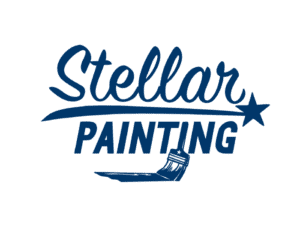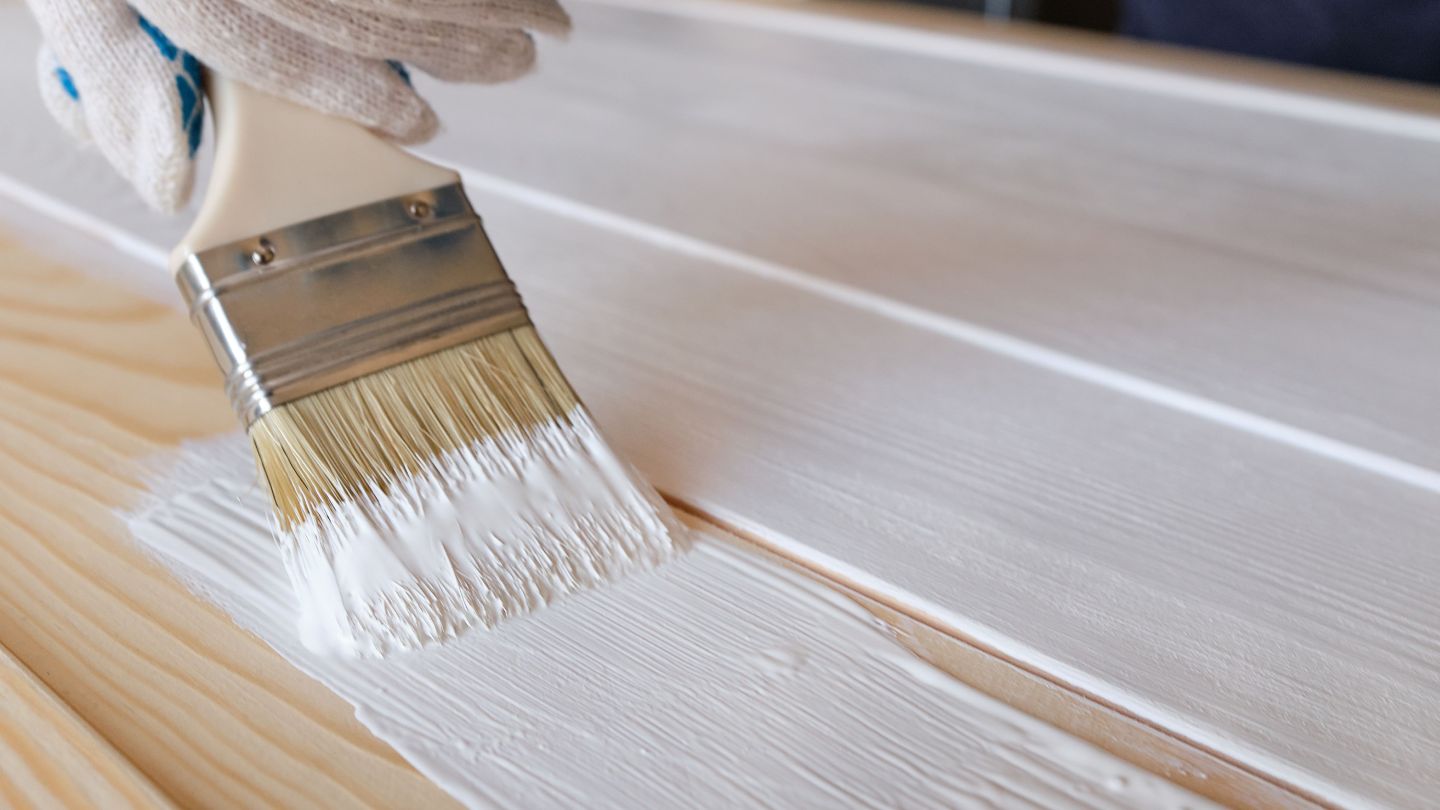Oil-based vs. Water-based Paints
Introduction
When it comes to selecting the right paint for your project, one of the crucial decisions to make is whether to choose oil-based or water-based paints. Each type has its own unique properties and advantages. In this blog, we will explore the pros and cons of both oil-based and water-based paints, providing you with the necessary information to make an informed choice. From durability and application to environmental considerations, we will delve into the key factors that differentiate these two types of paints. Let’s dive in and discover which option is best suited for your specific painting needs.
1. Oil-based Paints:
Pros:
- Durability: Oil-based paints are known for their exceptional durability and ability to withstand harsh conditions. They create a hard, protective surface that is resistant to wear and tear, making them suitable for high-traffic areas or surfaces that require frequent cleaning. – Smoother Finish: Due to their longer drying time, oil-based paints have a smoother finish compared to water-based paints. This makes them an excellent choice for achieving a flawless, professional-looking outcome.
- Adhesion: Oil-based paints have excellent adhesion properties, allowing them to bond well with a wide range of surfaces, including wood, metal, and previously painted surfaces.
Cons:
- Longer Drying Time: One of the downsides of oil-based paints is their longer drying time, which can be inconvenient if you’re looking for a quick project completion. It may take several hours or even days for oil-based paint to dry fully.
Strong Odor: Oil-based paints emit a strong odor due to the presence of solvents. This can be a concern for those with sensitivities or if you’re working in an enclosed space. Proper ventilation is necessary when using oil-based paints. - Environmental Impact: Oil-based paints contain volatile organic compounds (VOCs) that can contribute to air pollution and have a negative impact on the environment. Disposing of oil-based paint and cleaning up brushes and equipment require special care due to their hazardous nature.
2. Water-based Paints:
Pros:
- Quick Drying Time: Water-based paints dry much faster than oil-based paints, allowing for faster project completion. In most cases, they can dry within a couple of hours, making them ideal for projects with tight timelines.
- Easy Cleanup: Water-based paints are easy to clean up with just soap and water. This not only simplifies the painting process but also eliminates the need for harsh solvents, making them a more eco-friendly option.
- Low Odor: Unlike oil-based paints, water-based paints have a minimal odor, making them more suitable for interior painting projects or spaces with limited ventilation.
Cons:
- Less Durability: Water-based paints may not be as durable as their oil-based counterparts. They are more susceptible to damage from moisture, high humidity, and repeated cleaning. However, advancements in technology have led to the development of water-based paints with improved durability.
- Application Challenges: Water-based paints can be a bit more challenging to apply smoothly, especially when working on large surfaces. They may require more coats to achieve the desired coverage, resulting in additional time and effort.
- Limited Adhesion: While water-based paints can adhere well to surfaces like drywall and plaster, they may not bond as effectively to glossy or non-porous surfaces. Proper surface preparation is crucial to ensure good adhesion.
Conclusion
Choosing between oil-based and water-based paints depends on various factors, including your specific project requirements, timeline, environmental considerations, and desired finish. Oil-based paints offer exceptional durability and a smoother finish but come with longer drying times and stronger odors. Water-based paints provide quick drying, easy cleanup, and low odor but may have lower durability and adhesion in certain applications. Consider the pros and cons outlined above, and consult with a professional painting contractor to determine the best paint type for your specific needs. Ultimately, with the right choice, you can achieve a stunning and long-lasting paint job that meets your expectations.



